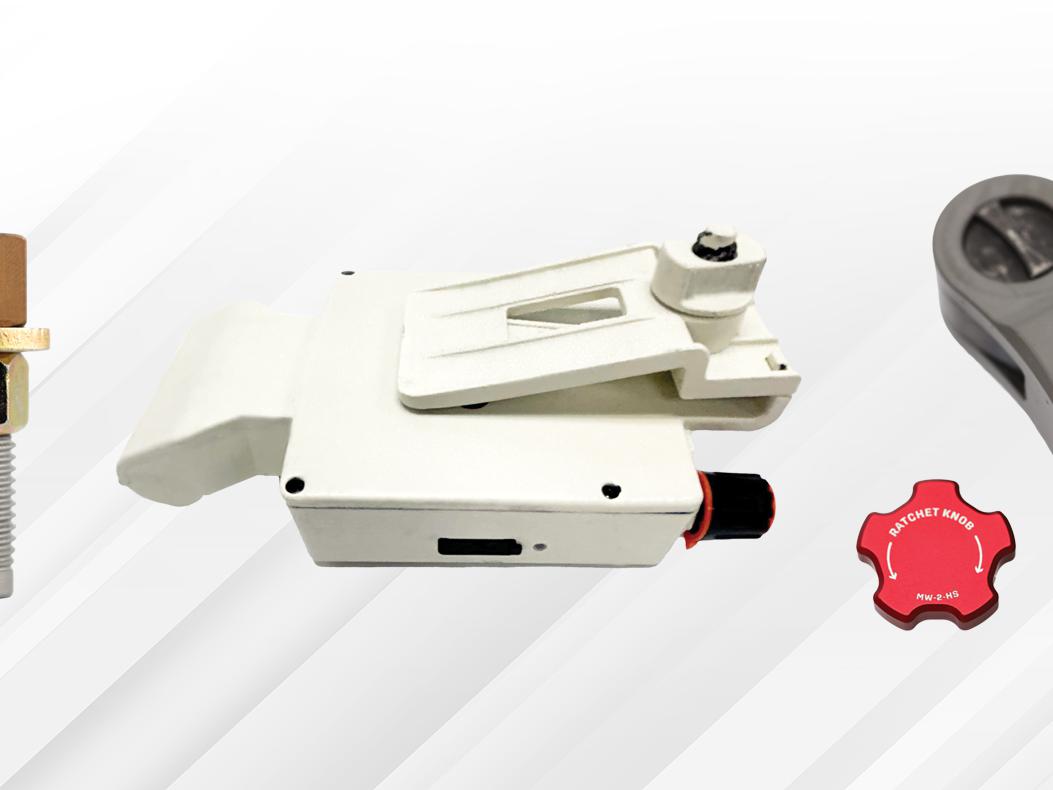Make The Case: Air-to-Air vs. Air-to-Water Intercoolers

Proper charge temperature cooling plays a crucial role in today’s high-horsepower forced induction engines. As racers seek out ways to squeeze every last ounce of performance potential from their combinations, we’re taking a look at how these different intercooler designs can affect the end result, and where each one does its best work.
AIR-TO-AIR INTERCOOLER ADVOCATE:
ERIK RADZINS,
PROCHARGER SUPERCHARGERS
–
Any time you compress something, you’re making it hotter, so adding boost to an engine will increase the ambient temperature of the air coming in by, say, 10 degrees per pound of boost or 20 degrees per pound of boost—it just depends on what you’re doing. The high compression ratios of most modern engines results in air inside the cylinder that’s hot to begin with, and you don’t want a pre-ignition condition because you decided to stuff an extra 250 degrees worth of air in there. So the name of the game is to get your charge temperature back down to ambient air temperatures.
I like to keep things simple, and that’s why using an air-to-air intercooler to accomplish this makes a lot of sense. There are no moving parts, there are no relays, no wires, no pumps, and no expansion tanks. With an air-to-air intercooler it’s a bit of a balancing act between how much cooling it can provide and how much flow it allows for—if it’s too restrictive, you see too much of a pressure drop. So there has to be adequate airflow for the intercooler, and you have to have enough space to fit it. Thankfully, the engines in most modern cars make a lot of power right out of the box, so the OEMs usually provide you with both of those.

By contrast, with an air-to-water system you’ve got an intercooler mounted somewhere, an expansion tank full of water, and that water goes through that intercooler core into a heat exchanger. These systems work well if they’re sized correctly, but a very effective air-to-water setup is an expensive proposition, and the installation is far more complex. You’ve got to cut all the lines, do the wiring, bleed the system, and so on. And when it comes to the parts involved, the relays, pumps, and electrical items are all wear items. Eventually they’re going to fail, and you just have to hope your foot isn’t to the floor while you’re going down the drag strip when that day comes.
Another thing to consider is that a lot of the cars that are making big power these days are running on E85, and that’s another advantage for air-to-air systems. E85 doesn’t really care if you’ve raised the charge temperature up to 150 degrees—or even 200 degrees—because its flash point is so high compared to gas. And when those guys go really hardcore, they typically ditch the intercooler altogether and just switch to methanol. Because of that, air-to-water intercooler designs are kind of fading away outside of specific use cases like positive-displacement superchargers.
It’s also worth noting that the temperatures are very consistent with an air-to-air intercooler. For the road race guys, it means that the air temps remain at the same level on lap five and lap 10 as they were on lap one. An air-to-air intercooler doesn’t really heat soak—every time you let off the gas, it cools back down. So, at the end of the day, it really comes down to bang for the buck, ease of installation, and repeatability.
AIR-TO-WATER INTERCOOLER ADVOCATE:
BRIAN ELLIS,
VORTECH ENGINEERING
–
Air-to-water intercooler systems can be more expensive than air-to-air systems, but they’re also more effective.
Water has roughly 13 times the heat dissipating capacity of air. Look at it this way: If you had a hot frying pan that you needed to cool down quickly, would you hold it in front of a fan, or would you dunk it in a sink full of water? And because of that, a properly sized air-to-water system is always going to be more efficient and less affected by ambient air temperature.
Some sanctioning bodies mandate the use of air-to-air intercoolers for certain classes, but the racing community already knows that air-to-water is where it’s at. With an air-to-air system, the speed you’re going and the temperature outside directly affects its ability to work. That’s not the case with an air-to-water system, and you also have the ability to super-cool and things like that. You can load ice into your reservoir so the fluid is cooler to start out with, and that provides even more capability to lower charge temperatures.
Sizing is very important with an air-to-water system, though. You’re not only sizing the cooler core itself, you’re also sizing the heat exchanger and the flow capability of the fluid pump so that the fluid stays in the heat exchanger for the right amount of time—if it flows through too fast, it won’t release the temperature back out as effectively. And if it flows too slowly, it spends too much time in the cooler core and doesn’t work as efficiently. There’s definitely some science involved in getting it right, but if you do your homework it’s going to work better than an air-to-air system all of the time, no matter what.

There’s also typically less of a pressure drop through the core in air-to-water intercooler designs than there is with an air-to-air setup. For example, in testing that we did with a late-model Mustang, it showed that at 10 PSI you’d lose .25 PSI through that core with an air-to-water system. With a properly sized air-to-air intercooler, that same system loses 3 to 4 PSI because there’s a longer run of ducting and more bends, and the intercooler core itself also has to be larger because you have to fill that volume up with air.
While the amount of CFM running through the system is the same, you’re losing manifold pressure as a result, and that means less potential for power. Of course, you can add more boost to make up for that, but that generates more heat in turn, and it becomes a slippery slope very quickly.
 MEMBERSHIP LOGIN
MEMBERSHIP LOGIN JOIN PRI
JOIN PRI


